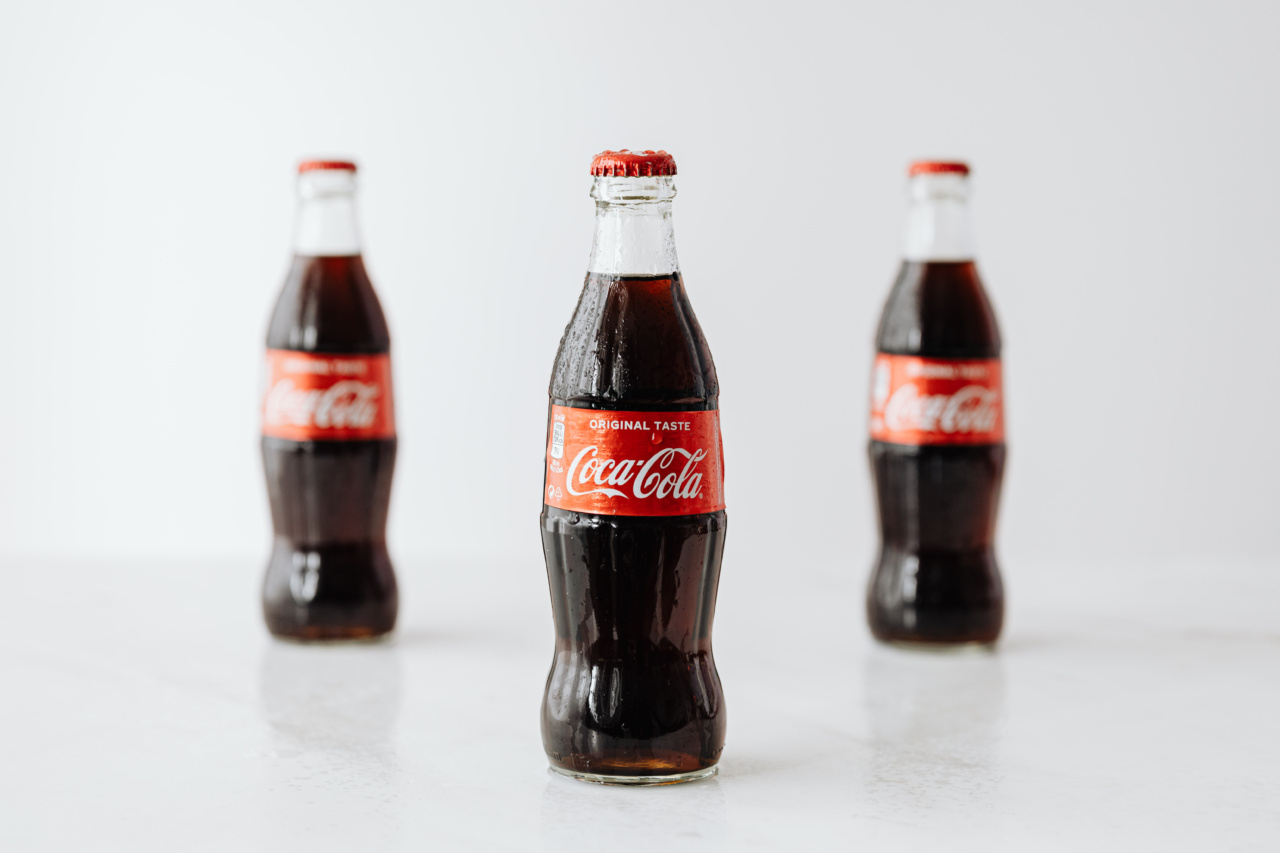Fluid retention, also known as edema, is a condition characterized by the accumulation of excess fluid in the body’s tissues. It can affect various parts of the body, such as the legs, feet, hands, and ankles.
Fluid retention is often a symptom of an underlying health issue and can be caused by several factors. This article aims to explore the common causes of fluid retention and discuss effective management strategies.
1. Excessive Sodium Intake
One of the primary causes of fluid retention is consuming an excessive amount of sodium. Sodium, when consumed in high quantities, leads to water retention in the body.
This is because sodium attracts and holds onto water, causing the body to retain fluid. Foods that are typically high in sodium include processed meats, canned foods, fast food, and certain snacks.
To manage fluid retention caused by excessive sodium intake, it is essential to reduce sodium consumption and opt for a balanced diet that includes fresh fruits and vegetables.
2. Hormonal Changes
Hormonal fluctuations can also contribute to fluid retention. Women, in particular, may experience fluid retention during their menstrual cycle or during pregnancy.
The hormonal changes that occur during these periods can disrupt the body’s natural fluid balance and lead to temporary water retention. While hormonal fluid retention may be bothersome, it typically resolves on its own once hormone levels stabilize.
3. Heart and Kidney Conditions
Fluid retention can be a symptom of underlying heart or kidney issues. Heart failure can result in fluid accumulation as the heart struggles to pump blood effectively.
Similarly, kidney diseases can disrupt the body’s ability to excrete excess fluid, leading to fluid retention. Individuals experiencing persistent or severe fluid retention should consult a healthcare professional to determine if it is related to an underlying heart or kidney condition.
4. Prolonged Sitting or Standing
Remaining in a seated or standing position for extended periods can cause fluid to pool in the lower extremities, leading to edema in the legs and feet.
Lack of movement prevents the natural circulation of blood and lymphatic fluid, resulting in fluid accumulation. Regular breaks, leg exercises, and elevation of the legs can help alleviate fluid retention caused by prolonged sitting or standing.
5. Medications
Some medications, such as certain blood pressure medications, nonsteroidal anti-inflammatory drugs (NSAIDs), and corticosteroids, can cause fluid retention as a side effect.
If fluid retention coincides with starting a new medication, it is essential to consult with a healthcare professional to evaluate alternative options or adjust the dosage if necessary.
6. Poor Lymphatic System Function
The lymphatic system plays a vital role in maintaining fluid balance in the body. When the lymphatic system becomes impaired or does not function optimally, it can lead to fluid retention.
Lymphedema, a condition characterized by the swelling of limbs, is a prime example of fluid retention caused by poor lymphatic system function. Manual lymphatic drainage, compression garments, and exercises recommended by healthcare professionals can help manage fluid retention associated with poor lymphatic function.
7. Inadequate Protein Intake
Protein plays a crucial role in maintaining fluid balance in the body. Insufficient protein intake can impair the body’s ability to retain fluids within blood vessels, leading to fluid accumulation in the tissues.
Ensuring an adequate protein intake through dietary sources such as lean meats, fish, tofu, and legumes can help manage fluid retention caused by protein deficiency.
8. Liver Disease
Liver diseases, such as cirrhosis, can cause fluid retention due to compromised liver function.
The liver plays a vital role in regulating fluid balance, and liver diseases can disrupt this process, leading to fluid accumulation in the abdomen and lower extremities. Treating the underlying liver condition is key to managing the associated fluid retention.
9. Inflammation and Allergies
Inflammatory conditions and allergies can trigger fluid retention as part of the body’s response to the perceived threat. Inflammation causes blood vessels to become more permeable, allowing fluid to leak into the surrounding tissues.
Identifying and addressing the underlying inflammation or allergy can help mitigate fluid retention associated with these conditions.
10. Management Strategies
When experiencing fluid retention, there are several management strategies that can help alleviate symptoms and promote fluid balance in the body:.
a) Reduce Sodium Intake:
Avoid processed and packaged foods high in sodium and opt for fresh, whole foods. Season meals with herbs and spices instead of salt.
b) Stay Active:
Engage in regular physical activity to promote circulation and prevent fluid from pooling in the lower extremities. Walking, swimming, and cycling are excellent choices.
c) Compression Garments:
Utilize compression stockings or sleeves to promote fluid movement and prevent excessive accumulation in the limbs.
d) Elevate the Legs:
When possible, elevate the legs to reduce fluid pooling and stimulate lymphatic drainage.
e) Stay Hydrated:
Drinking an adequate amount of water helps maintain fluid balance in the body. However, it is essential to avoid excessive water intake as it can worsen fluid retention.
f) Increase Potassium Intake:
Opt for potassium-rich foods, such as bananas, spinach, avocados, and sweet potatoes, as potassium helps counteract the effects of sodium.
g) Limit Alcohol and Caffeine:
Both alcohol and caffeine can contribute to fluid retention. Limiting their consumption can help manage the condition.
h) Manage Stress:
High levels of stress can contribute to fluid retention. Engaging in stress-reducing activities such as yoga, meditation, and deep breathing exercises may help manage fluid retention.
i) Medical Interventions:
In severe cases or when fluid retention is a symptom of an underlying condition, healthcare professionals may prescribe diuretic medications to help eliminate excess fluid.































